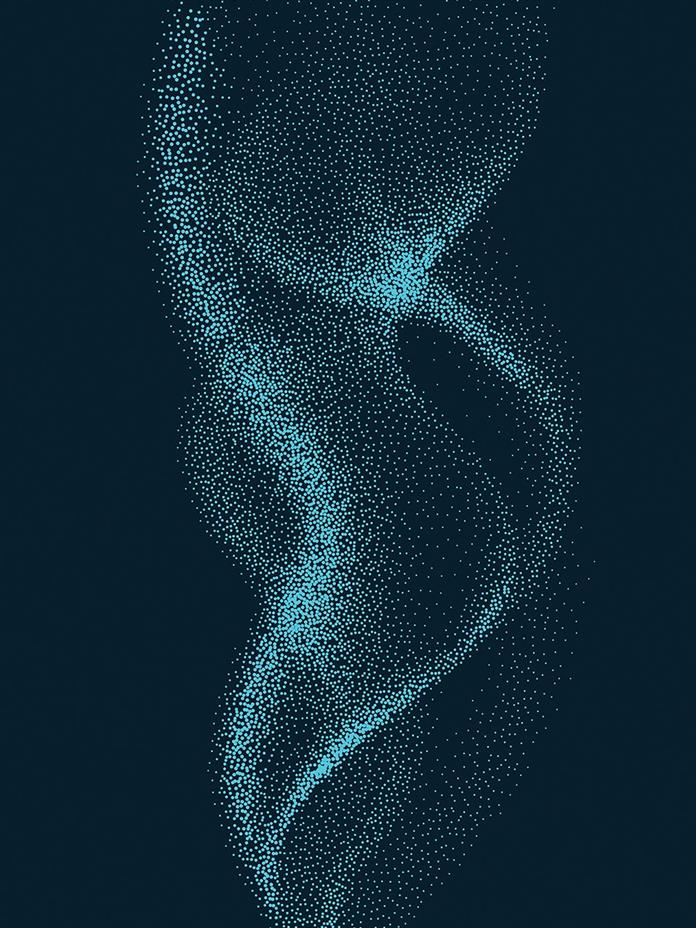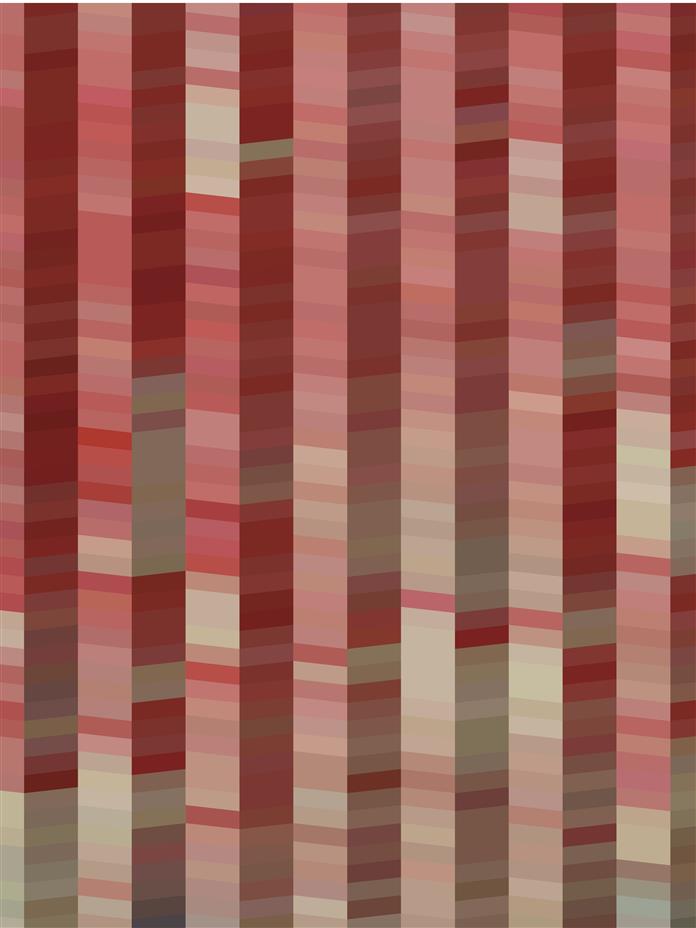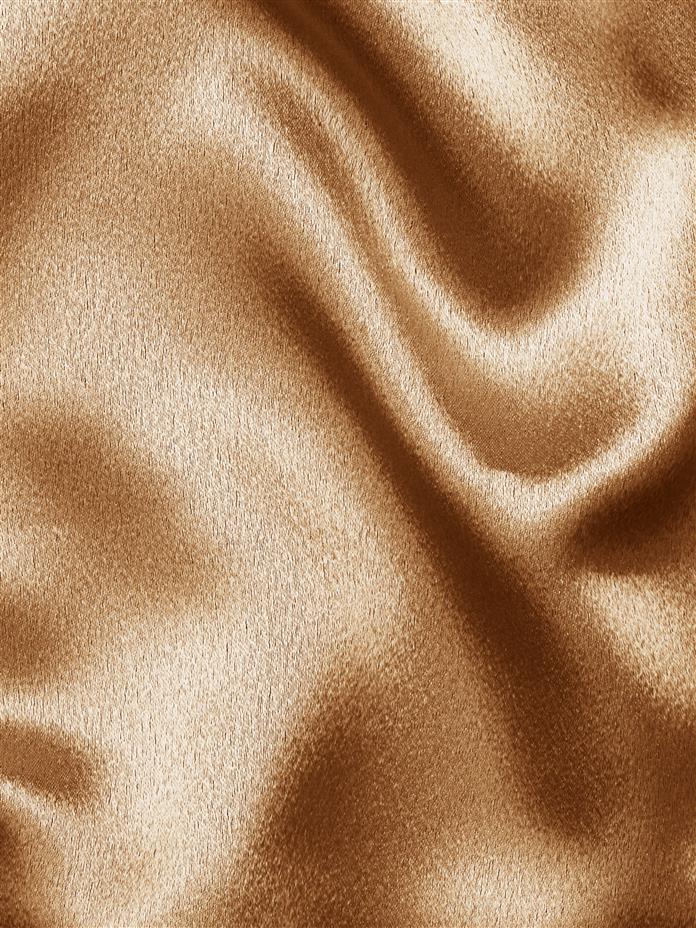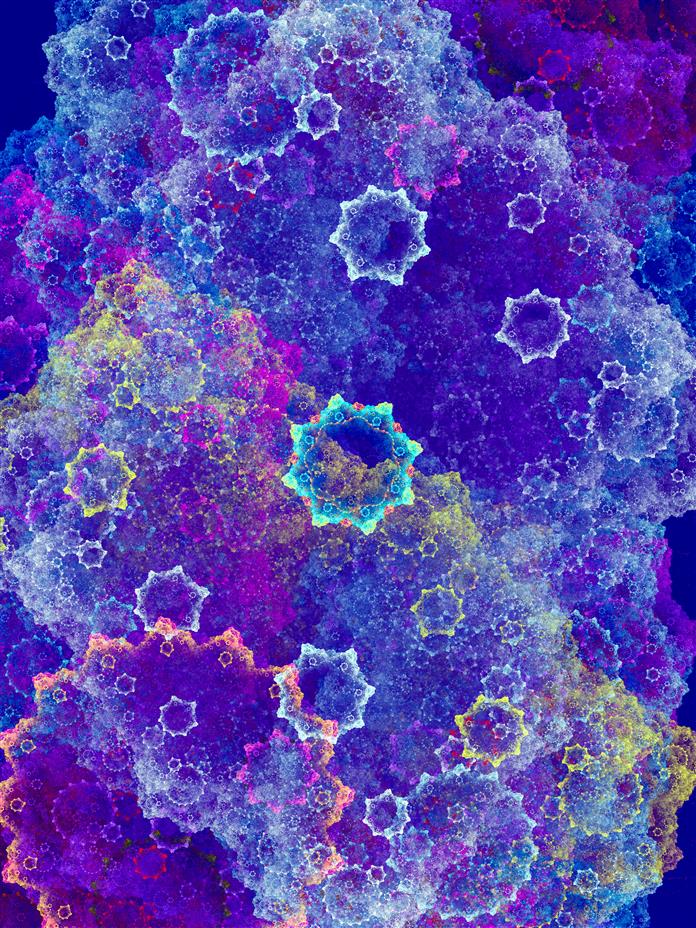
Tap to Read ➤
Dystrophic Calcification: Causes and Symptoms
Leena Palande


Deposition of calcium salts in a body tissue is described as 'calcification'.

This story explains what is meant by dystrophic calcification of the soft tissue, and what are its causes and symptoms.

Did You Know?
Dystrophic calcification of the aortic valves is an important cause of aortic stenosis in elderly individuals. About 95 - 98% of soft tissue calcifications are dystrophic.
Calcium ingested through food is normally used to build bones and teeth. Accumulation of calcium in the bones and teeth makes them strong.
Calcium ingested through food is normally used to build bones and teeth. Accumulation of calcium in the bones and teeth makes them strong.

But, accumulation of calcium in soft tissues can lead to organ dysfunction and multiple clinical conditions. The term 'soft tissue' refers to various types of tissues that are not hard like bones; for example, arteries, tendons, ligaments, cartilage, heart valves, skin, fat, synovial membranes, etc. Soft tissues surround various structures in the body.

They connect and support different body organs. Even non-connective tissues like the muscles, nerves, and blood vessels belong to the category of soft tissues. So, calcification of one or more soft tissues can result in a serious medical condition.

Classification
Based on the location of calcification, it is classified as skeletal, extra-skeletal (for example, vascular classification), and brain (for example, Fahr's syndrome). Depending on whether there is mineral imbalance or not, it can be classified as dystrophic and metastatic classification.

High calcium levels in the blood and all tissues due to systemic mineral imbalance can result in metastatic calcification. It can affect various tissues throughout the body while dystrophic calcification is localized.

Dystrophic Calcification
Calcification of damaged tissues is described as dystrophic calcification (DC). Even if a person has normal blood calcium levels (normal metabolism), he can suffer from DC. The term is used to describe a wide range of conditions.

It covers calcification in different types of tissues. It occurs in degenerated, inflamed, or necrotic (dying and dead) tissues in the presence of normal metabolism, and can be small or large.
Causes
Normal intake of calcium through food does not lead to calcification. DC occurs as a reaction to tissue damage. As injured and dying cells cannot maintain normal calcium homeostasis, intracellular calcium levels increase.
This is the reason behind calcification, that is noticed in hyalinized scars, degenerated foci in leiomyomata, and caseous (a type of cell death) nodules. Occurrence of DC indicates that the tissue must have been injured previously. The following conditions can lead to DC:
- Trauma (for example, tendonitis) or an open wound.
- Autoimmune diseases like dermatomyositis and systemic sclerosis.
- Infections like guinea worm disease, known as dracunculiasis.
- Parasitic (dead parasites like schistosoma eggs may calcify) or tuberculosis infections which often lead to caseous necrosis.
- Cancerous tumors like osteosarcoma.
- Chronic abscesses can transform a tissue into liquid viscous mass (liquefactive necrosis) which can get calcified.
- Haematomas (a localized collection of blood outside the blood vessels) near the bones may calcify.
- Certain neurological disorders.
- Venous insufficiency (veins have weakened walls and damaged valves, and they find it difficult to send blood back to the heart).
- Ankylosing spondylitis (arthritis which affects the bones and joints at the base of the spine).
- DISH (Diffuse Idiopathic Skeletal Hyperostosis or Forestier's disease, a form of degenerative arthritis).
- Prolonged immobility can give rise to blood clots, which can eventually calcify.
- Even damage caused by implantation of a medical device can cause calcification.
- If some medication is unknowingly injected into a fatty tissue, it can lead to the formation of injection granuloma, which may eventually result in necrosis and scar formation. Even acute pancreatitis can lead to fat necrosis, increasing the chances of calcification.
- Vitamin K2 deficiency.
- Poor calcium absorption due to high calcium/vitamin D ratio.
- Aging, insufficient supply of blood to a particular area.
Symptoms and Effects
Heterotopic Ossification
Sometimes, foci of dystrophic calcification actually ossify (form a bone). So, formation of a bone at an unusual location is one of main symptoms of DC.
Atherosclerosis
Calcium deposits in the arteries can harden them, and can affect blood flow. Such clogged arteries can cause a heart attack or stroke.
Phagocytic cells usually digest LDL (low density lipoprotein or bad cholesterol deposits in the artery walls), but when they die, they expel some chemical substances that attract more phagocytes. This process eventually results in inflammation, plaque formation, and calcification.
Pain, Inflammation and Restricted Movement
Calcium deposits in and around the muscles and joints can cause severe pain. Calcification can seriously affect the movement of the limbs or joints. Calcium crystals can lead to the erosion of cartilage, resulting in severe pain.
Phlebolith
Venous insufficiency may produce blood clots. They may calcify and give rise to phleboliths (vein stones that are particularly common in the pelvis).
A radiologist may suggest the patient to undergo an X-Ray examination, as it helps detect the tiny, white, gritty granules of calcium phosphate. Once calcium is deposited in a tissue, the process continues.
The treatment varies according to the symptoms. It involves the use of different drugs to reduce the inflammation, and surgical excision of large masses in certain cases.